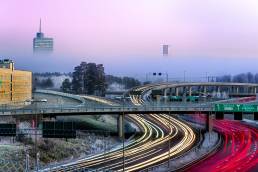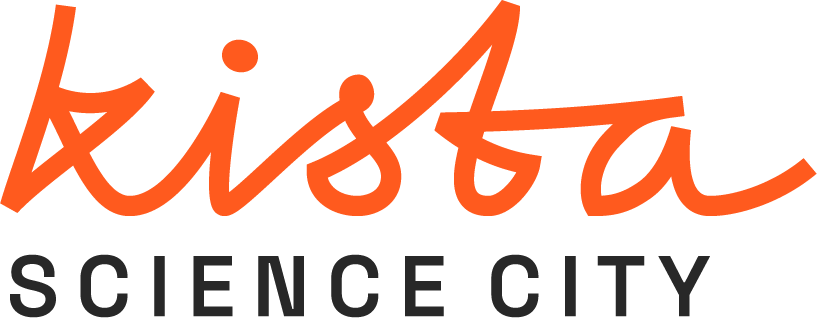5G Ride
Autonomous vehicles
The project
5G Ride is a concept for self-driving, 5G-connected electric vehicles used in public transport. In the autumn of 2020, the vehicles were tested in traffic at Royal Djurgården. In 2021 the project continues, focusing on the development of the Connected Control Tower. Urban ICT Arena manages the project in close partnership with Ericsson, Keolis, Telia, Intel and T-Engineering.
The purpose of the project is to demonstrate safe monitoring with 5G, transfer the driver to an outside position of the vehicle and releasing resources for improved public transports. The 5G network’s unique technical features, including enhanced security, extremely high data speeds combined with low latency, means that the connected buses can respond in real time to commands from the centralized control tower.
In 2021, additional funding has been added to the project and the focus for the continuation of the project is the further development of the Connected Control Tower. One part of this is how to use more data, for example about the route, the vehicle or the connection strength, to make it possible to prevent any problems, plan routes and schedules better and act more swiftly should problems arise. New collaborations will be added with KTH the Royal Institute of Technology, the City of Stockholm and the Stockholm Region.
Project period
2020-2022
Partners
Urban ICT Arena
Keolis
Ericsson
Telia
Intel
Scania
Viscando
T-Engineering
Contact
David Eskilsson, Edeva
david.eskilsson@edeva.se
Summary
5G Ride is a concept for self-driving, 5G-connected electric vehicles used in public transport. In the autumn of 2020, the vehicles were tested in traffic at Royal Djurgården. In 2021 the project continues, focusing on the development of the Connected Control Tower. Urban ICT Arena manages the project in close partnership with Ericsson, Keolis, Telia, Intel and T-Engineering. The purpose of the project is to demonstrate safe monitoring with 5G, transfer the driver to an outside position of the vehicle and releasing resources for improved public transports.


The pilot
The pilot in 2020 was the result of a unique collaboration between some of Sweden’s most prominent and well-known organizations within the fields of mobility and technology. The knowledge hub and testbed Urban ICT Arena managed the initiative, with Keolis as bus operator. Ericsson provided the technical solution for the connected control tower, a solution that will be further developed during 2021. Telia provideded the 5G-connectivity in collaboration with Ericsson and deployed 5G at Djurgården specifically for this project. Intel delivered analytics capabilities and the technology for the processing across the network including the IT-system in the vehicles and the control tower, as well as the mobile network. T-Engineering, a Swedish technology firm, delivered vehicle and self-driving technology.
HRH Prince Daniel was among the dignitaries to attend the official inauguration ceremony outside Tekniska museet.
The project is funded by Drive Sweden, Vinnova and FFI.
